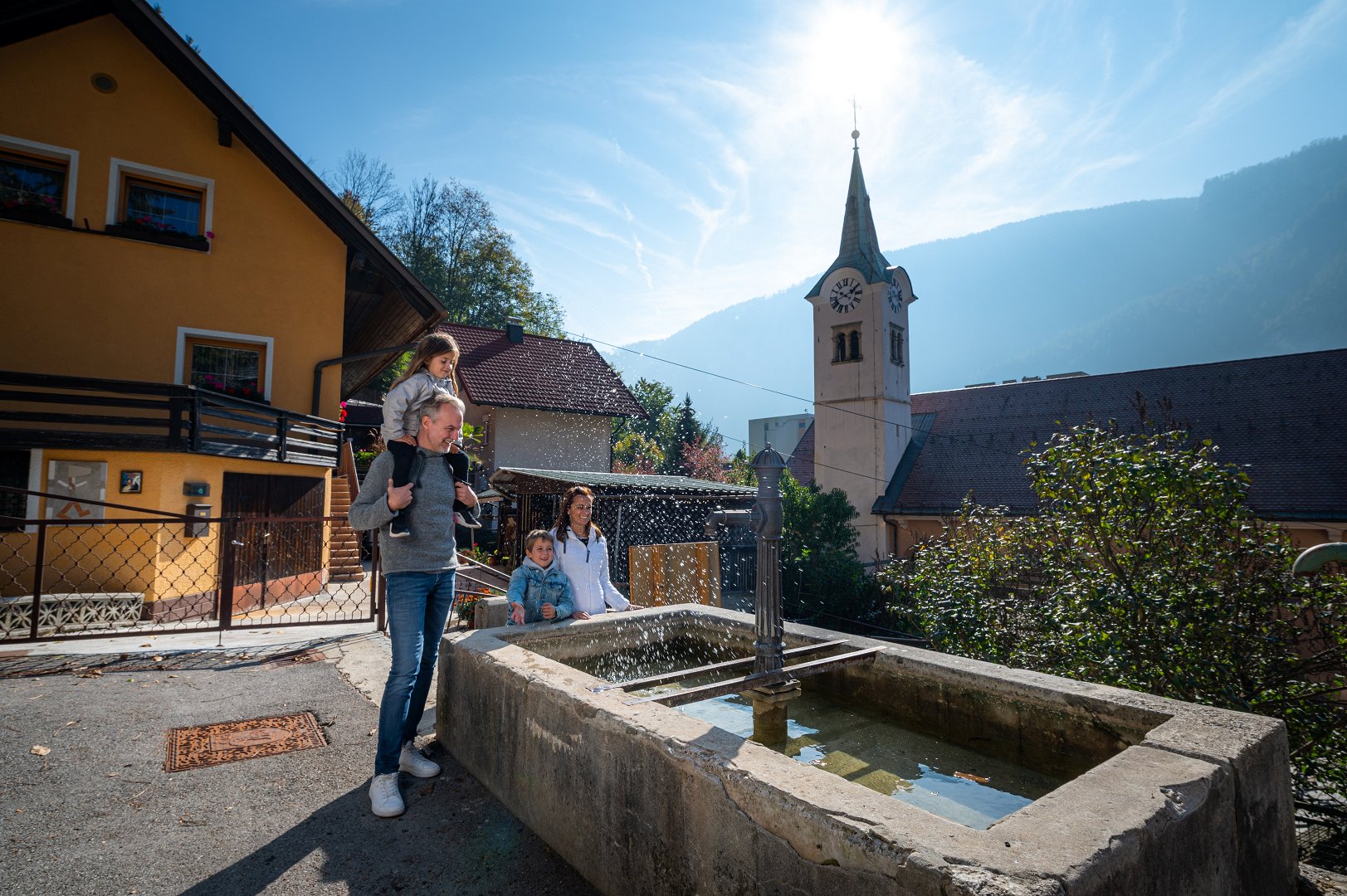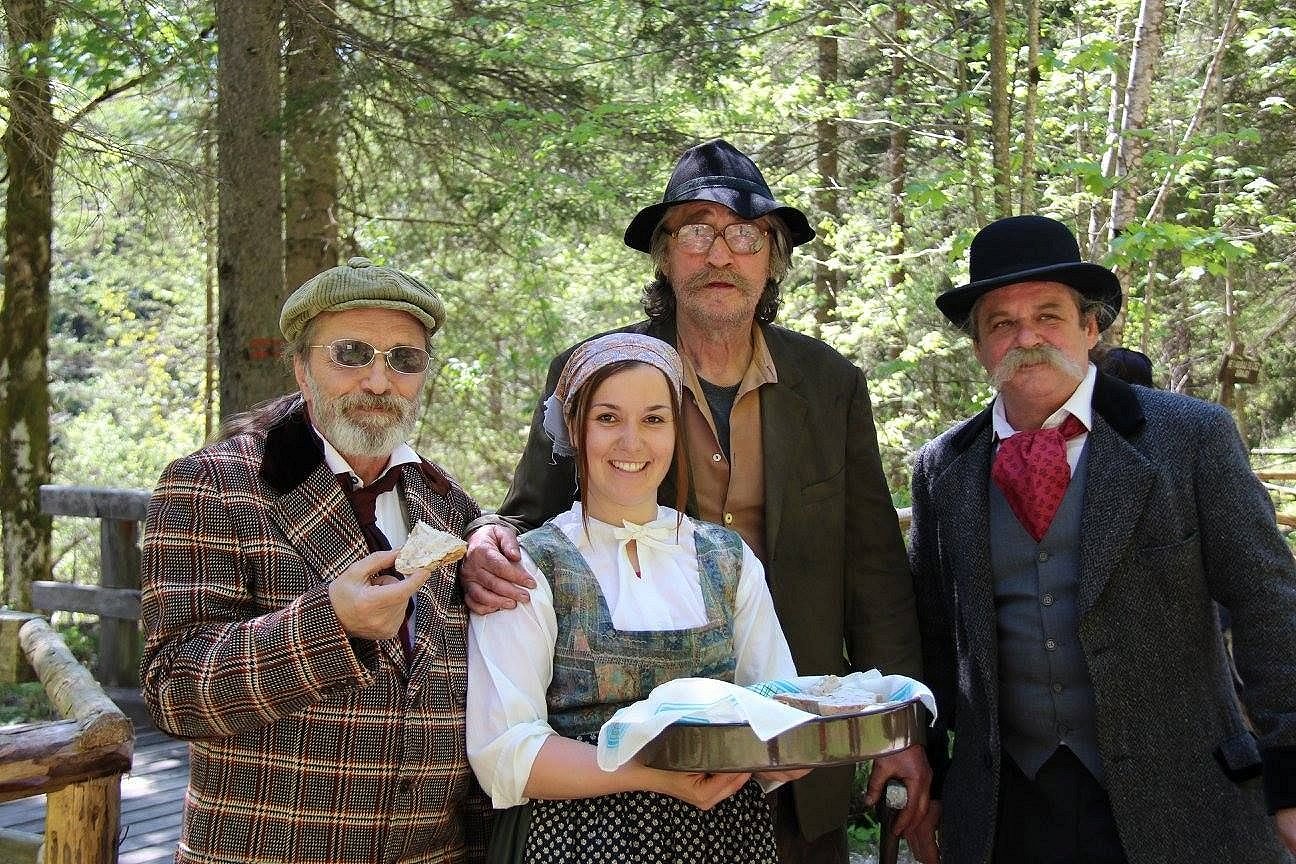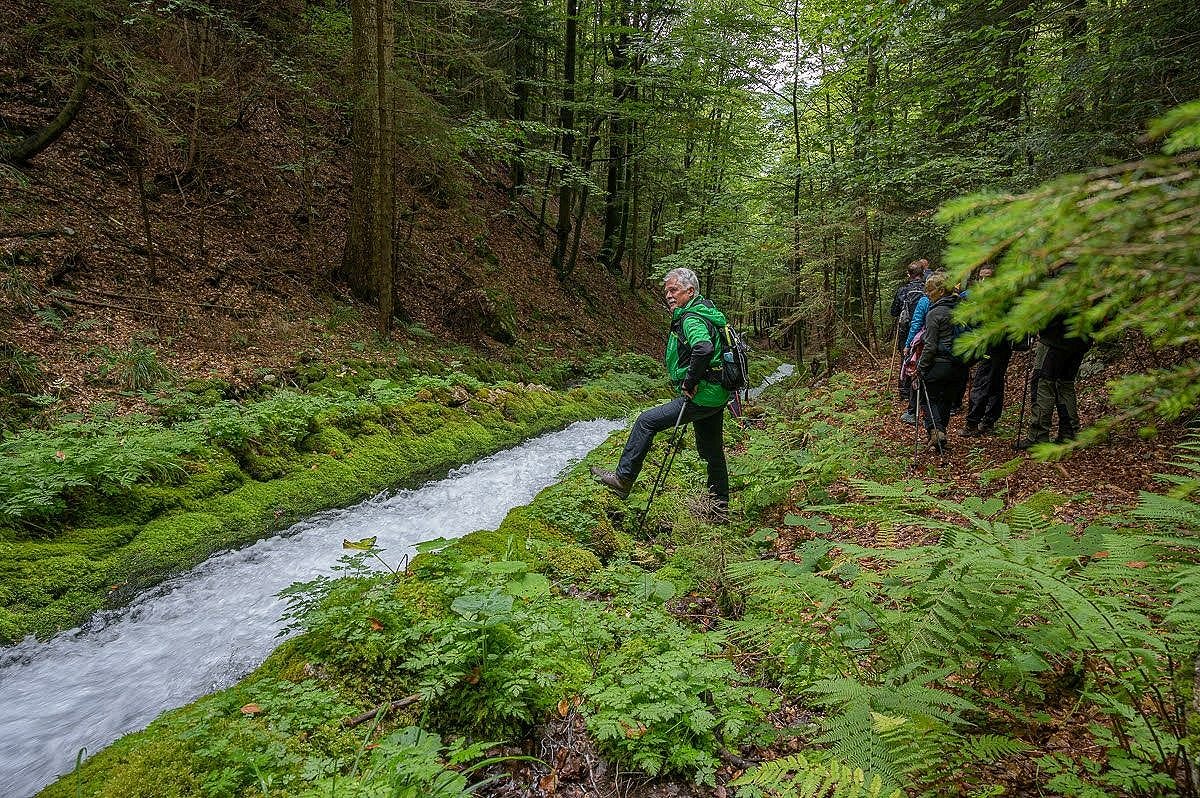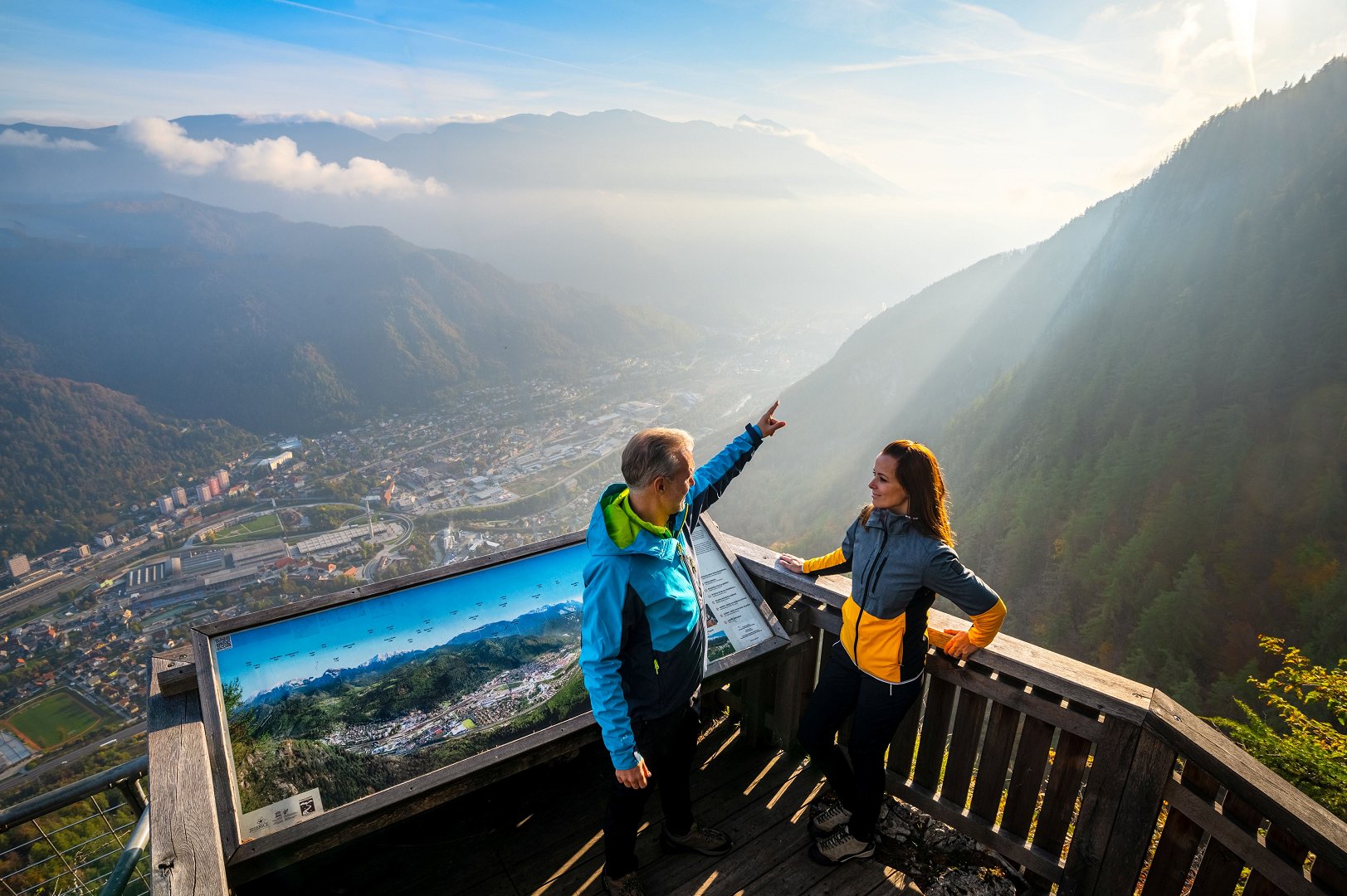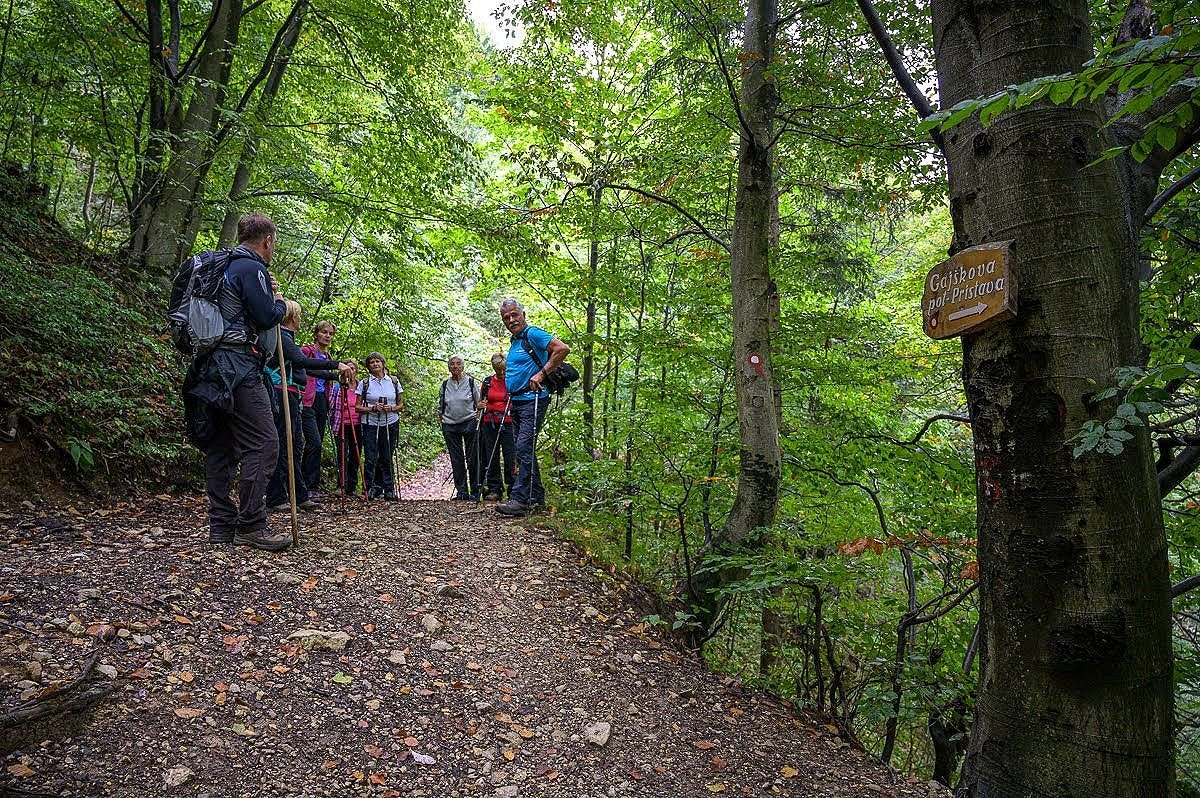Memories of the Old Jesenice
The beautifully arranged themed trail reveals fascinating historical stories that will completely captivate you. You will feel as if you have been transported back in time to a time when Jesenice had a completely different image than it does today.
Interesting sights along the trail: the historic district of Murova, the Church of St. Leonard, Kos Manor, Railway Station, Dolik Exhibition Salon, Jesenice Grammar School, Čufar Square, Hrenovca District.
Walking time: 3-4 h
Difference in elevation: 50 m
Difficulty: easy
The themed trail Memories of the Old Jesenice Settlement begins at Čufar Manor, near the health centre in Jesenice, and continues along Murova, the oldest part of Jesenice, all the way to the Church of St. Leonard. The path then descends to the Kos Manor house and follows the former Gosposvetska road between the manor house, past Kolarjev park, and on to the former Korotan hotel. Locals refer to the area of both streets as the Old Jesenice. The architecture, customs, and daily life of our ancestors offer variety in other parts of town, so the story continues past the Ejga restaurant and the railway station, all the way to the Jesenice Grammar School and the theatre on Čufar Square, all the way to the TVD Partisan building on the ironworkers' road.From there the trail continues to area called Hrenovca, which transformed several times in the last 200 years.
Memories of Old Jesenice Settlement.pdf
Leaflet Memories of the Old Jesenice Settlement
Pamphlet Memories of the Old Jesenice Settlement
